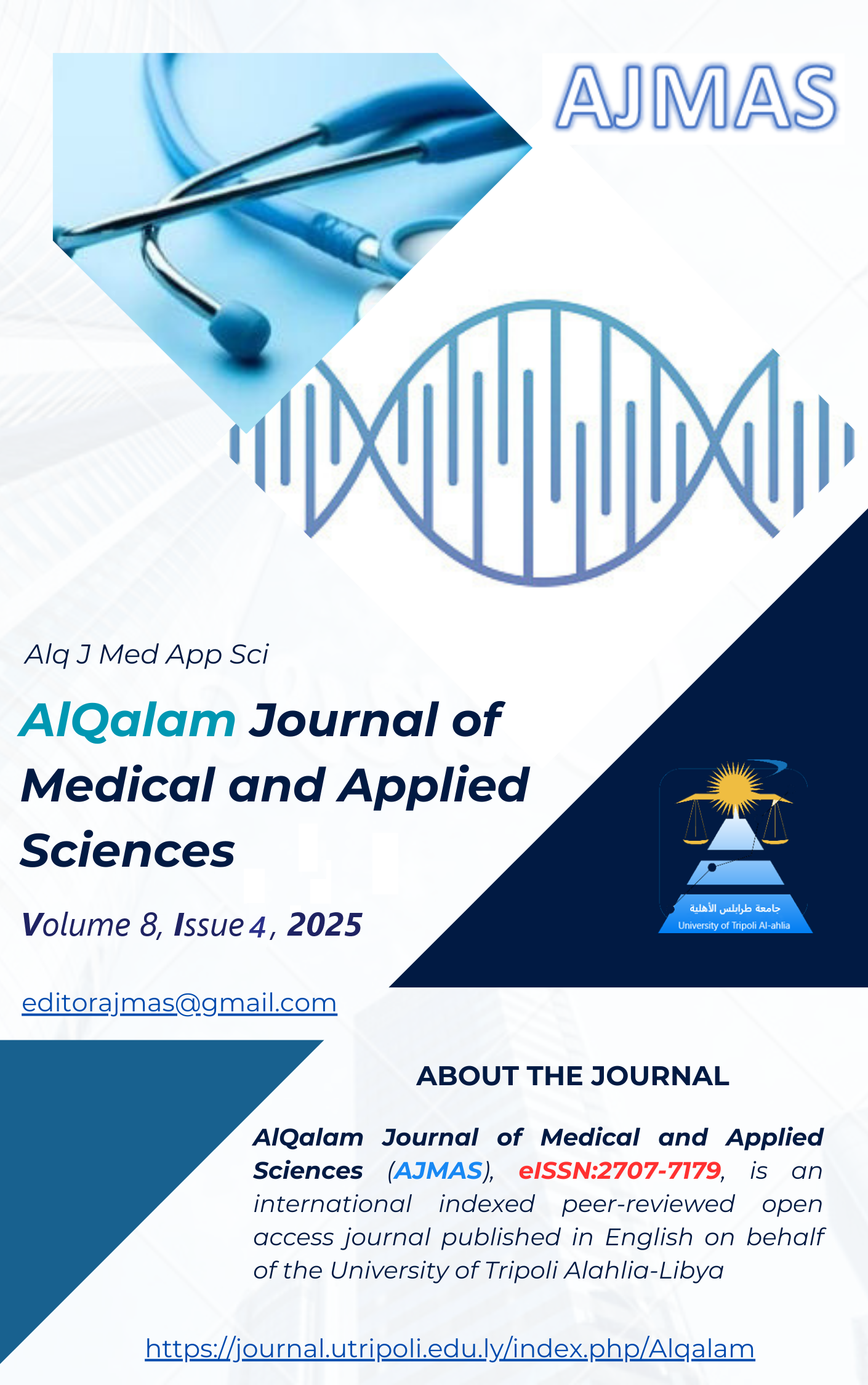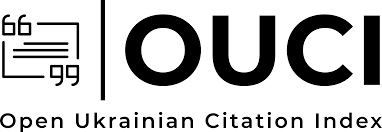Dose-Dependent Myelosuppression and Hematological Toxicity Induced by Gemcitabine in New Zealand White Rabbits
DOI:
https://doi.org/10.54361/ajmas.258479Keywords:
Gemcitabine, Hematological Toxicity, Bone Marrow Smears, Rabbit ModelAbstract
Gemcitabine (GEM) is a widely used cytotoxic chemotherapy agent, yet its dose-limiting toxicity is often linked to severe myelosuppression. This study aimed to investigate the histopathological and hematological effects of two different therapeutic doses of Gemcitabine on the bone marrow of New Zealand White rabbits, serving as a model for systemic toxicity. Rabbits were divided into three groups: a Control group (untreated), a GEM 0.1 mg/kg group, and a high-dose GEM 0.3 mg/kg group. Peripheral blood samples were analyzed for Complete Blood Count (CBC) parameters, and bone marrow smears were prepared for morphological assessment and histopathological examination. Statistical analysis was performed using ANOVA (p < 0.05 was considered significant). Results: This study evaluated the hematological and bone marrow effects of gemcitabine administered at 0.1 and 0.3 mg/kg in male rabbits. Bone marrow smears demonstrated a distinct dose-dependent morphological deterioration. The control group showed normal cellularity with balanced hematopoietic lineages, indicating healthy marrow activity. In contrast, rabbits treated with 0.1 mg/kg displayed noticeable hypocellularity and increased extravasated blood, suggesting early stromal and vascular damage. The 0.3 mg/kg group exhibited severe myelosuppression, characterized by markedly depleted hematopoietic cells and a diffuse hemorrhagic background, reflecting profound hypoplasia or near-aplasia of marrow tissue. Hematological results further supported these morphological findings. Total WBC count decreased significantly from 7.1 ± 0.18 ×10³/µL in the control group to 5.0 ± 0.08 ×10³/µL and 4.4 ± 0.20 ×10³/µL in the 0.1 and 0.3 mg/kg groups, respectively (p = 0.000). Lymphocytes also declined from 63.6 ± 2.6% to 62.3 ± 0.21% and 52.9 ± 1.37%, indicating impaired lymphopoiesis. MID% decreased from 10.2 ± 0.48% to 7.8 ± 0.29% and 7.5 ± 0.02%, while granulocytes dropped from 12.3 ± 0.66% to 10.6 ± 0.76% and 9.8 ± 0.5% across the same groups (p = 0.000). Red blood cells declined markedly from 6.0 ± 0.15 ×10⁶/µL in controls to 5.0 ± 0.05 ×10⁶/µL and 3.9 ± 0.26 ×10⁶/µL, demonstrating significant erythropoietic suppression. Platelet counts showed the sharpest reduction, falling from 435.19 ± 21.09 ×10³/µL to 301.86 ± 7.94 ×10³/µL and reaching 146.6 ± 21.01 ×10³/µL, confirming severe thrombocytopenia (p = 0.000). Overall, both the quantitative blood results and qualitative marrow morphology clearly demonstrate that gemcitabine induces strong, dose-dependent myelosuppression in rabbits. The higher dose (0.3 mg/kg) produced profound hematopoietic toxicity, highlighting the importance of cautious dose selection and regular hematological monitoring during gemcitabine therapy.
Downloads
Published
How to Cite
Issue
Section
License
Copyright (c) 2025 Fayrouz Khaled, Fadiyah Masoud

This work is licensed under a Creative Commons Attribution 4.0 International License.














